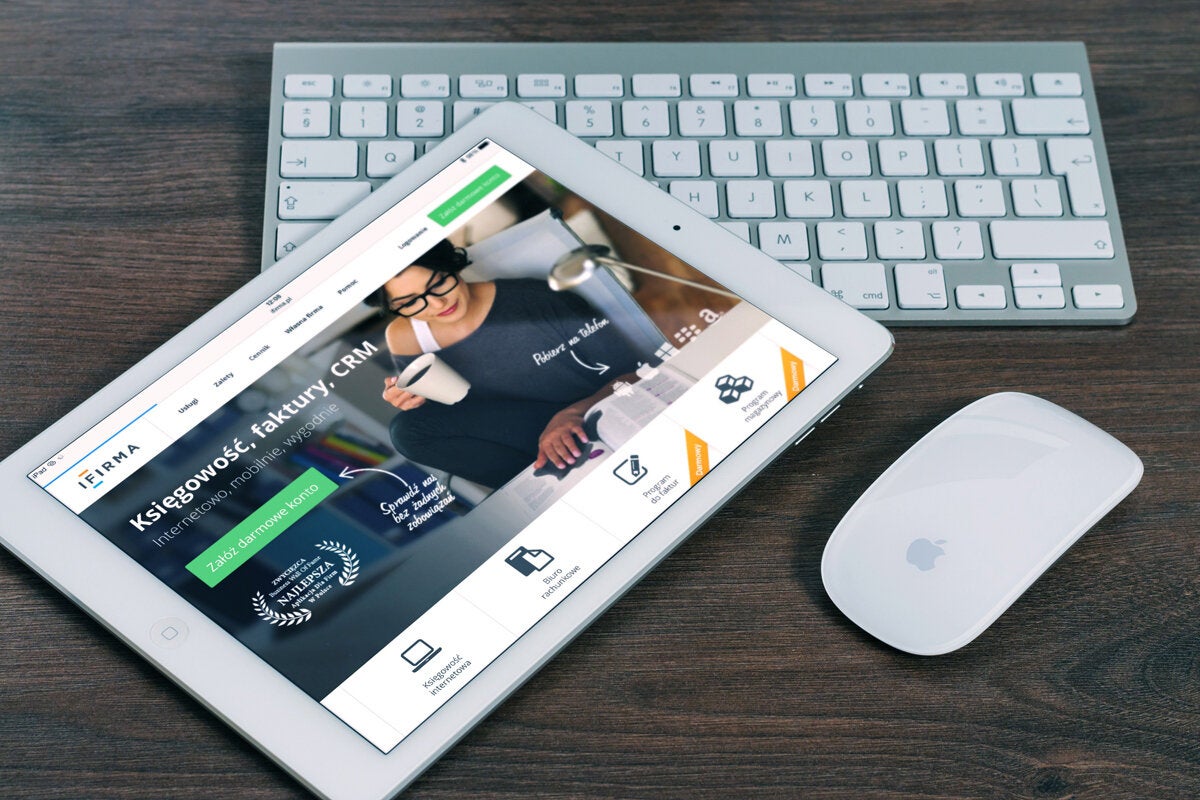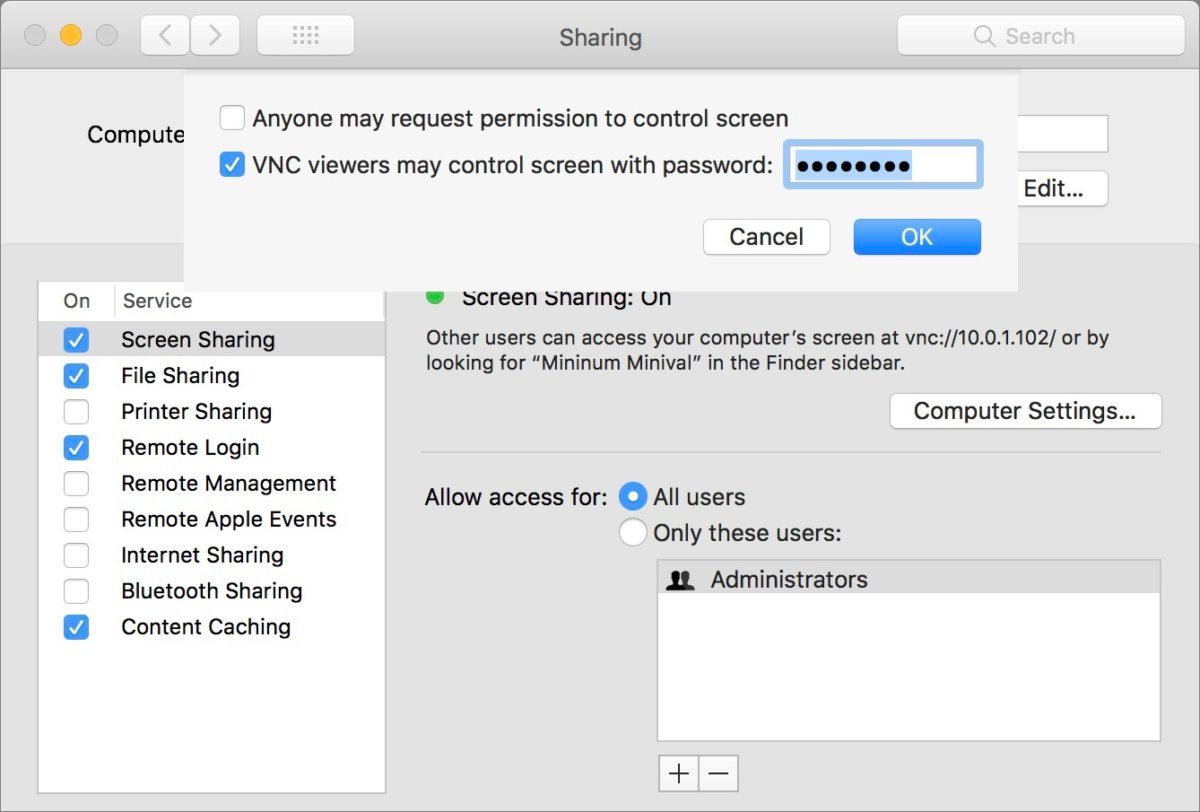One way to use an iPad as a display for a headless Mac

It involves screen sharing and a third-party VNC app.
Pixabay
“);});try{$(“div.lazyload_blox_ad”).lazyLoadAd({threshold:0,forceLoad:false,onLoad:false,onComplete:false,timeout:1500,debug:false,xray:false});}catch(exception){console.log(“error loading lazyload_ad “+exception);}});
Decades ago, I used to set up “headless” servers. These were computers that you stuck in a server room and accessed remotely. While terminal-based remote access for Unix systems was routine, the same approach with GUI-based operating systems, like what was then System 7, was unusual. We had to use a monitor to install Timbuktu Pro, and sometimes even attach a dummy monitor cable afterwards so the Mac “thought” it had a display.
Remote-desktop access later became an absolutely routine part of operating systems, and macOS has offered it as a built-in service for many, many years. Macworld reader Peter asks if there’s a way to examine a Mac mini without a monitor attached, if all he has is an iPad, a keyboard, and a mouse. There is, but you have to set it up with a monitor attached first, as Apple doesn’t enable remote access by default.
Technically, Apple is using a variant of the Virtual Network Computing (VNC) standard for its screen sharing, tying into the macOS user authentication system. iOS doesn’t support this, but you can enable a setting that works with third-party apps for remote control.
On the Mac, in System Preference > Sharing > Screen Sharing, you’ll see a button labeled Computer Settings. Click this, and note a checkbox labeled “VNC viewers may control screen with password” and a field to enter a password. Check that box and enter a password, and then click OK.
 IDG
IDGThe Computer Settings dialog lets you enable standard password-based VNC remote-desktop access.
(You can choose to not enter a password, but that makes your computer vulnerable to remote access by anyone. Even if you’re behind a gateway that assigns private local addresses or have a robust firewall, attackers may be able to pierce your gateway or an infected machine on your same network could attempt to gain control of your exposed machine and relay it to someone remotely.)
Once enabled, you can use any of a number of third-party VNC apps for iOS. RealVNC’s free VNC Viewer is a good place to start: it’s free, regularly updated, and well reviewed.
When you connect to a Mac via VNC, you see its active desktop, and can type on the keyboard of the device from which you’re connecting. However, this doesn’t disable local peripherals, so you can instead use a keyboard and mouse attached to the device that’s sharing the screen. That way, you could use the iPad as the “monitor,” while typing on the Mac mini keyboard and pointing and clicking with its mouse.
Ask Mac 911
We’ve compiled a list of the questions we get asked most frequently along with answers and links to columns: read our super FAQ to see if your question is covered. If not, we’re always looking for new problems to solve! Email yours to mac911@macworld.com including screen captures as appropriate, and whether you want your full name used. Every question won’t be answered, we don’t reply to email, and we cannot provide direct troubleshooting advice.


